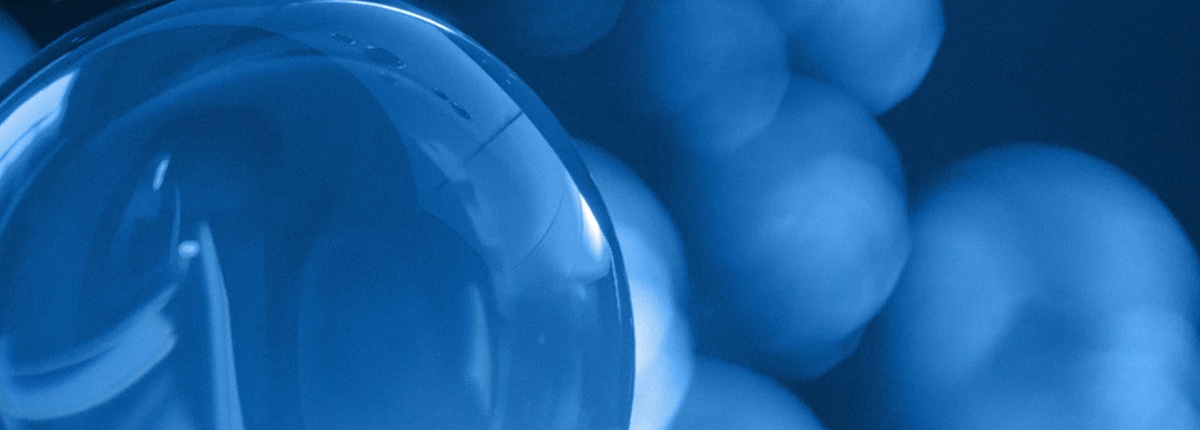3M Says Glass Bubbles Aid Car-Lightweighting Cause3M Says Glass Bubbles Aid Car-Lightweighting Cause
Glass Bubbles S32HS help OEMs achieve up to a 40% weight reduction of composite parts at a density below 1.0 g/cc while still enabling a class-A paintable finish, 3M says.
May 10, 2018

Automakers using sheet-molded composites (SMCs) in place of metals in certain applications can cut weight further with 3M’s new Glass Bubbles S32HS, hollow glass microspheres that replace conventional fillers in molded parts, the company says.
Glass Bubbles S32HS help OEMs achieve up to a 40% weight reduction of composite parts at a density below 1.0 g/cc while still enabling a class-A paintable finish, 3M says in a news release.
Achieving both goals has been difficult for the industry, says Terrence O’Donovan, vice president-marketing and sales for Core Molding Technologies. “Using 3M Glass Bubbles helps enable us to meet our customers’ expectations.”
3M Glass Bubbles are an established technology used in enabling lightweight sealants, injection-molded parts and SMCs. Lowering density to the level achieved by Glass Bubbles S32HS makes ultra-lightweight SMCs more competitive with steel and aluminum without sacrificing strength or aesthetics, the company says.
“With the trend toward electric and high-efficiency cars, reducing overall vehicle weight is key to staying competitive,” says Ray Eby, vice president-3M Automotive Electrification. “A typical automobile has about 660 lbs. (297 kg) of composite parts. With ultra-lightweight SMCs enabled by our glass bubbles, OEMs can significantly improve a vehicle’s energy usage, while saving money – one less bump in the road in the race to automotive electrification.”
You May Also Like